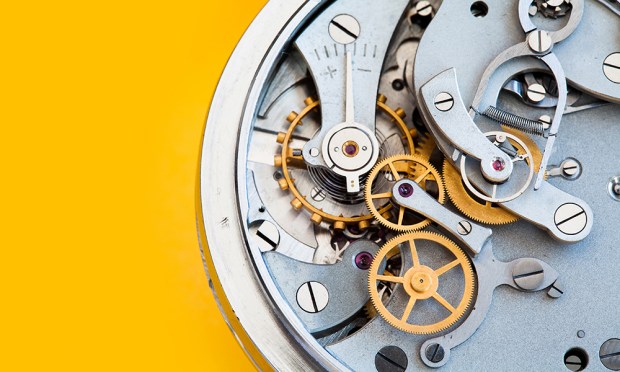The Multiple Parts of Innovation

What did you do in high school?
Unless you were a roadie for a major rock band — and you weren’t — you probably did nothing as cool as some recently graduated high schoolers in California did. As described in a brand new PYMNTS interview piece, they invented an assistive armband device that is designed to make payments and commerce easier — and safer — for visually impaired consumers. The prototype already has won a big prize from Visa and is on track for further development.
That’s hardly the only payments and commerce innovation that PYMNTS has recently covered. Another Visa prize winner, this one focusing on the B2B payments world, uses technology to guide small businesses away from paper checks and toward digitization.
Grocery is a popular target for innovators today as well. A company called AutoX is rolling out a pilot for self-driving grocery delivery and a mobile store in California. The new service will be available to consumers in geo-fenced areas of San Jose, company said in an announcement. Artificial intelligence, too, of course: JPMorgan Chase, in fact, just hired a senior executive from Google as its new head of artificial intelligence and machine learning services.
Innovation is more than about building interesting prototypes or thinking about new products. It’s about a mindset, the right space to get new things started and completed. Moving past the myths of payments innovation was the subject of a recent PYMNTS webinar that featured Karen Webster and Amir Wain, founder and CEO of i2c, an integrated commerce and smart payments firm.
“The cost of [not] innovating is extremely, extremely high,” Wain said. “It’s not an option at this point.”
Everyone knows that change is a constant, perhaps the only constant there really is. But innovation is a holistic endeavor.